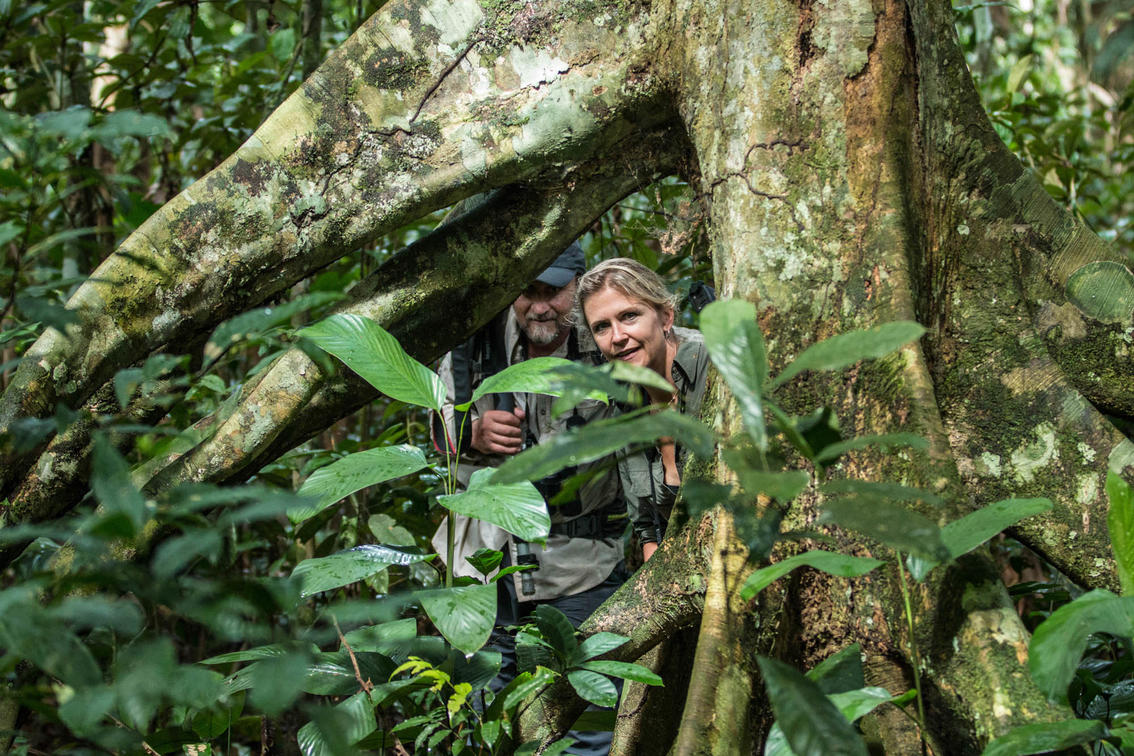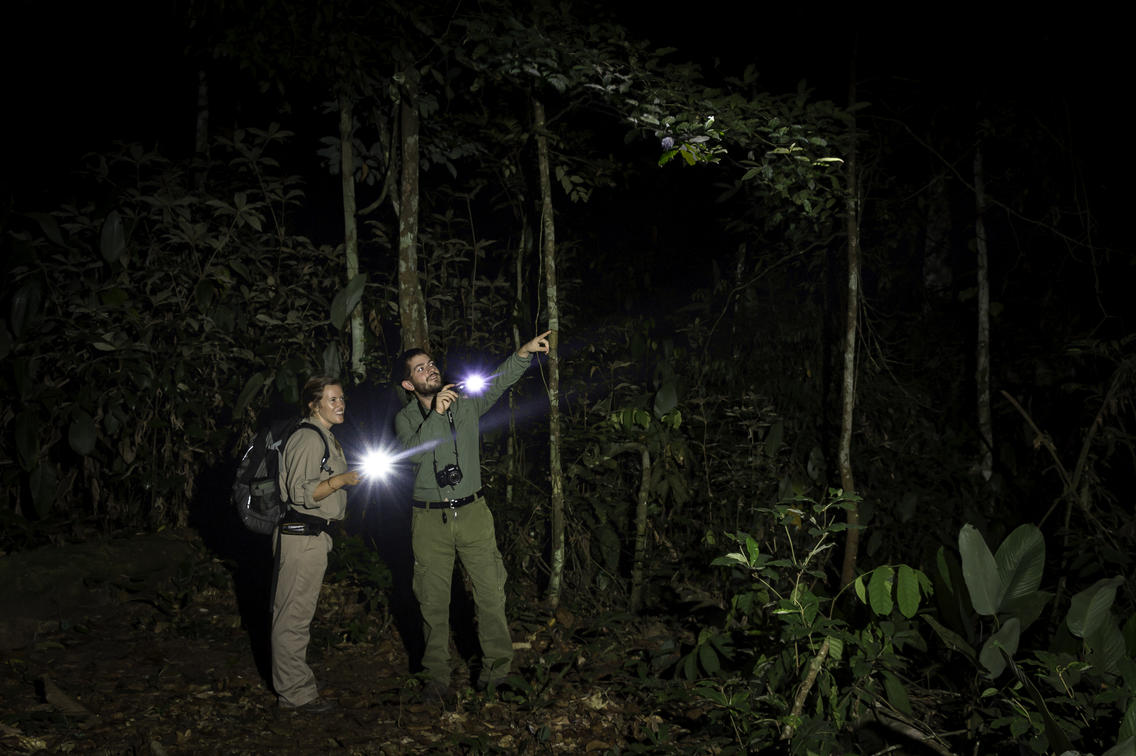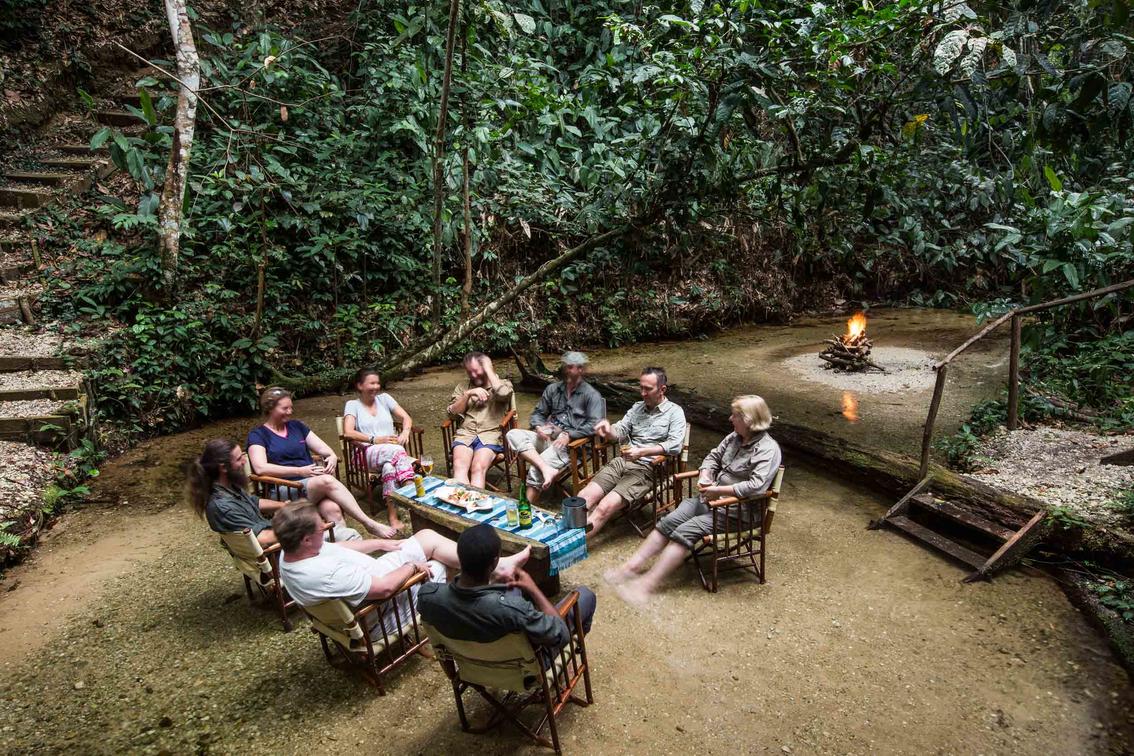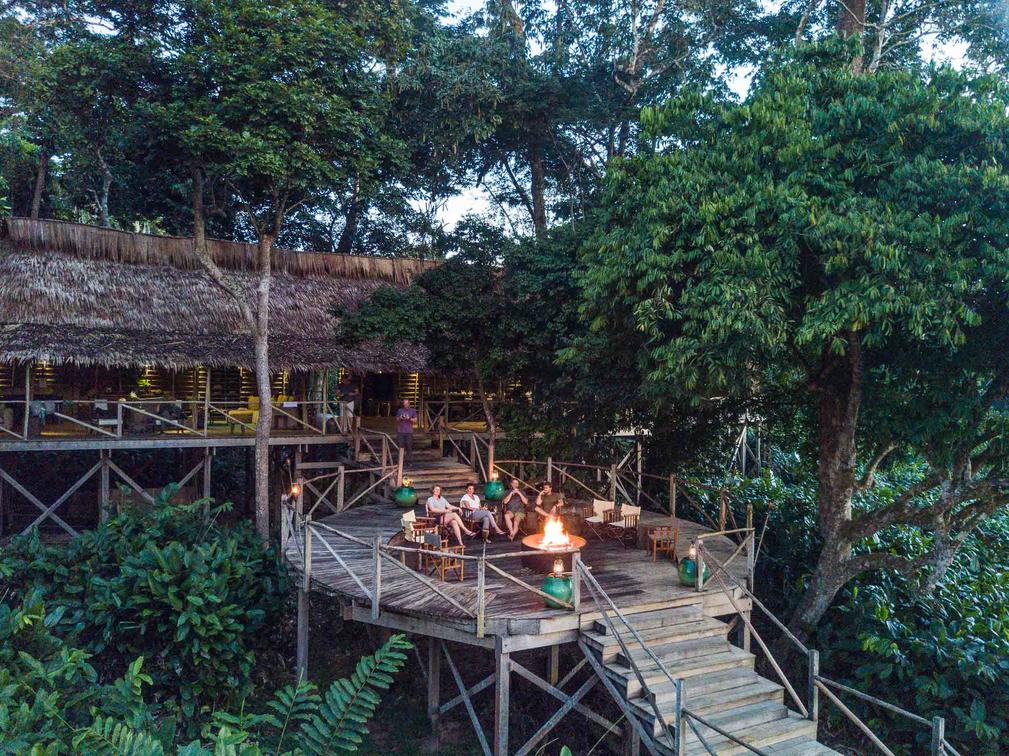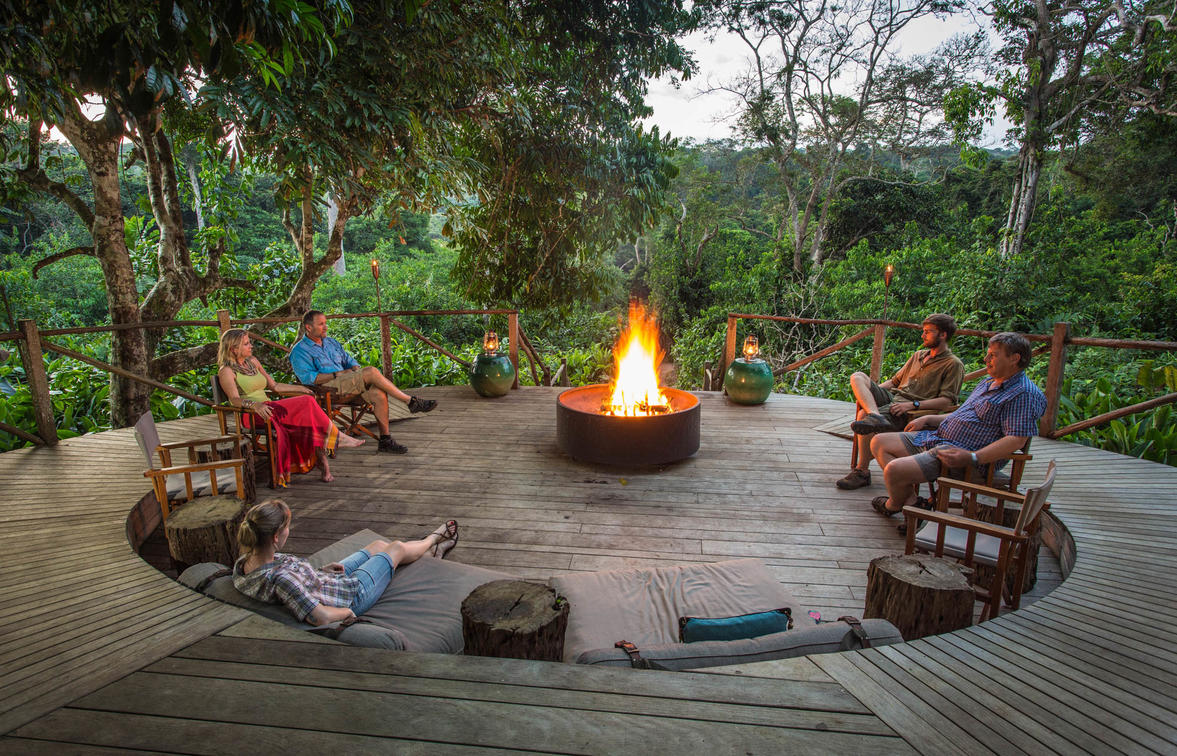Ngaga Lodge
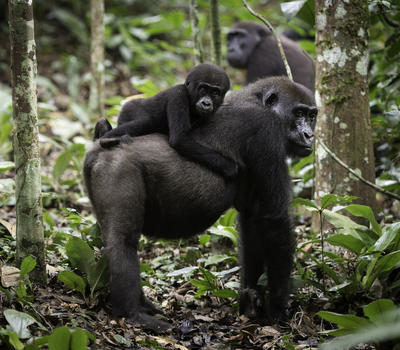
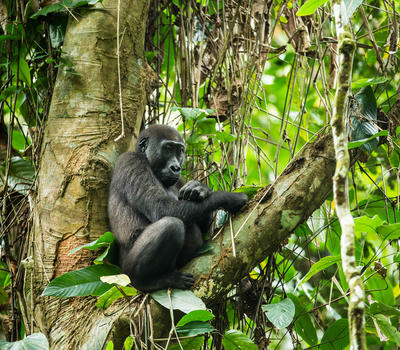
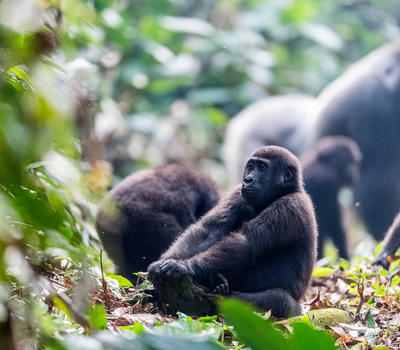
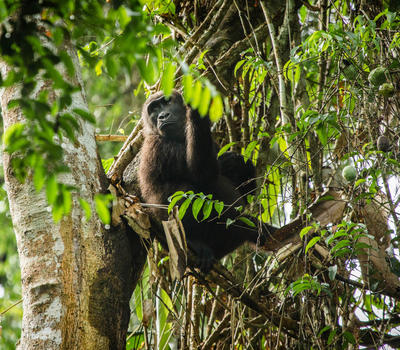
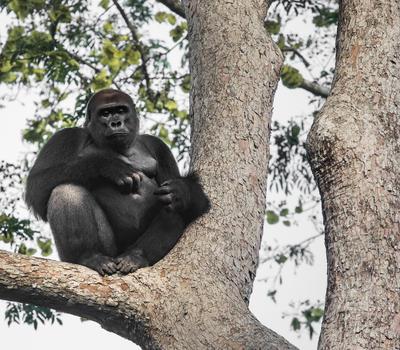
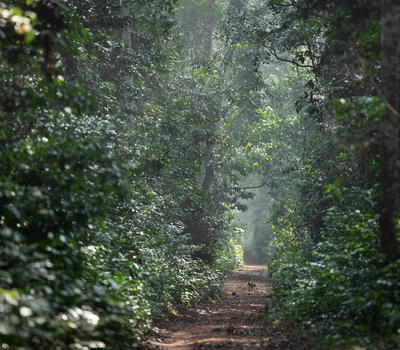
Gorilla Trekking

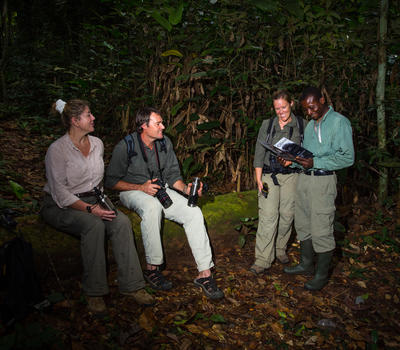

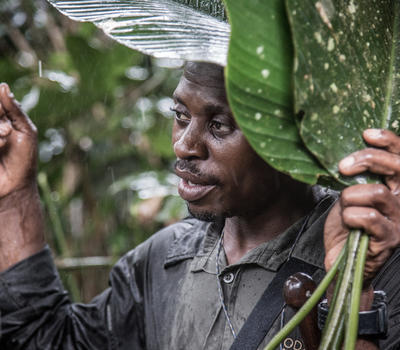
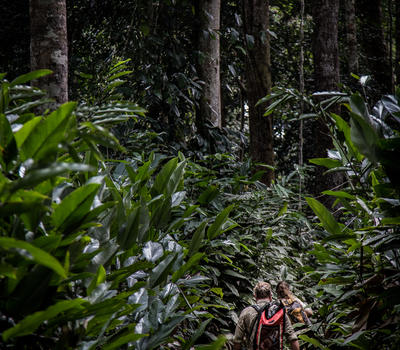
Forest Walk (Day & Night)

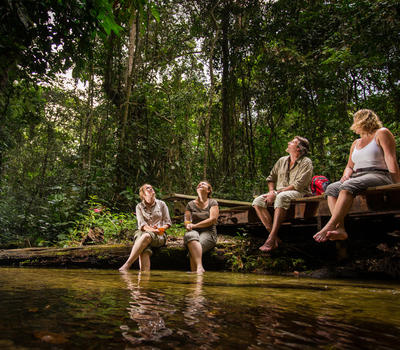
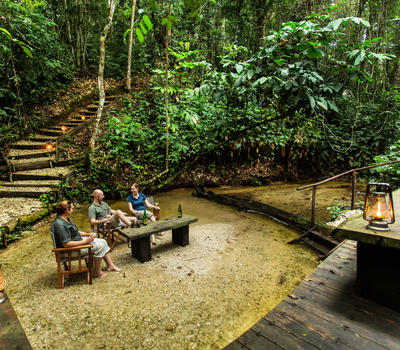
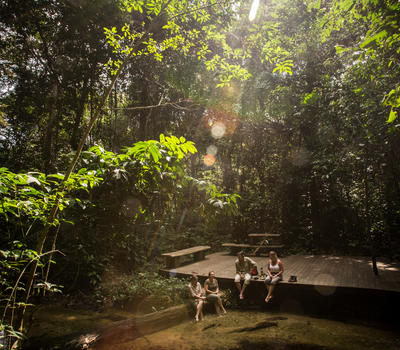
Sundowners on the river deck
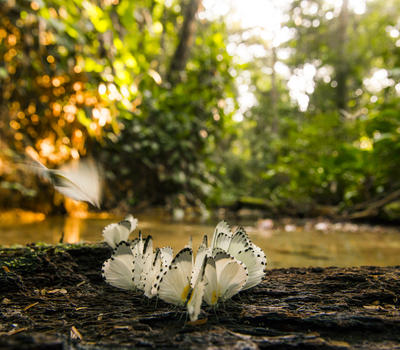
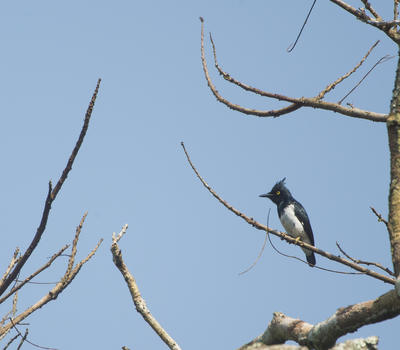
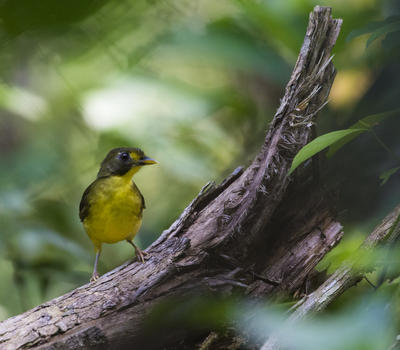
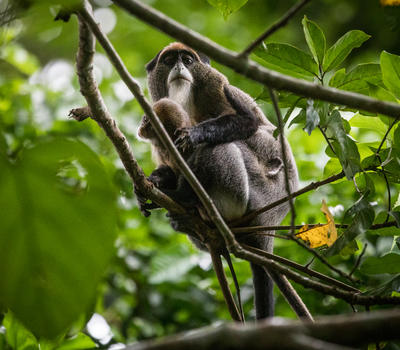
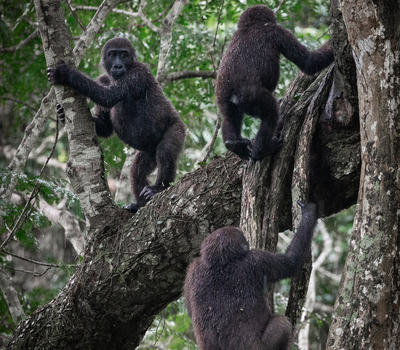
Wildlife


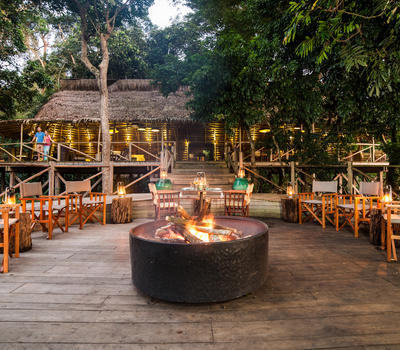
Sundowners on the star deck
Gorilla Trekking
As a result of the work done by gorilla researchers Dr. Magda Bermejo and German Illera, habituated gorilla groups can be tracked and observed in the area around Ngaga Camp. In the extended area there are at least seven groups perhaps 105 individual gorillas.
Two of these groups have been habituated and are able to be viewed by our guests. Tracking takes place on foot with one of our guides and a skilled local tracker, with tracking excursions departing from camp and following the tracks and sign of the animals until they are located. Please note that although every effort is made, gorilla viewing is not guaranteed.
Given that Ngaga Camp is situated at the overlap between the home ranges of several groups (habituated and unhabituated), tracking expeditions do not cover enormous distances and can range in length from 1 to 8 kilometres (0.5 to 5 miles) over rolling terrain and often amidst thick undergrowth.
Including the time spent with a gorilla group, excursions can last between 2 and 8 hours.
The gorilla viewing protocol is based on the guidelines issued by the IUCN for great ape viewing and is very similar to that of Rwanda/Uganda. Protocols are designed speci cally to limit stress, behavioural impact and potential disease transmission from humans to gorillas. These protocols play a critical role in gorilla conservation.
• Minimum age for gorilla viewing is 15 years – this is for reasons of safety, but also for possible disease transmission, with children under this age more prone to infection.
• Maximum proximity to gorillas is 7 metres (22 feet). It is not permitted to approach more closely and we typically view the animals at 10- 15 metres (32-50 feet).
• Maximum viewing duration of any group is one hour per day. Each group of guests has two opportunities to track gorillas.
• Maximum number of guests per gorilla tracking excursion is 4, plus a guide and local tracker to make a maximum group size of 6.
• Guests that display cold, u or other respiratory tract symptoms (coughing, runny nose, excessive sneezing etc.) will not be allowed to track gorillas.
Ndzehi Forest Walks
The primary rainforests of the Ngaga area offer a completely different walking experience to the swampy forest area at Lango and the Savannah at Mboko. Relaxed walks along the well-maintained trail system are great for birding and nding some of the spectacular forest species. Guereza Colobus and Putty Nosed Moneys are regularly seen while other species also occur.
The density of Chimpanzee in the area is very high with nest sites being regularly seen while tracking gorillas. The noisy screams and hoots of this species are often heard while in the forest, or even from Ngaga Camp itself, but it requires some good fortune to glimpse our closest relatives in the thick forest. Forest Squirrels, elaborately-built termite castles, spectacular butter ies and cool forest streams all make walking here an incredible nature experience.
Night Walks
The Ngaga area has a much lower density of Forest Elephant and Buffalo than Lango or Mboko and it is therefore safe to venture out at night on foot in search of the forest’s most secretive inhabitants.
Nocturnal primates are well represented. Along with the more familiar Galagos, two really bizarre and unique creatures can possibly be spotted: the Potto and the Angwantibo. These slow-moving prosimians are tricky to nd, but once located often offer really good viewing as they cling motionlessly to a branch. Shy Forest Duikers, Palm Civets and Tree Pangolins are also occasionally encountered.
Africa’s largest bat, the Hammer Head Bat, whose resounding calls are unmistakable, can normally be found by scanning the canopy within the calling area. A number of owls occur in this part of the forest, the Red Chested Owlet being the most commonly seen.









